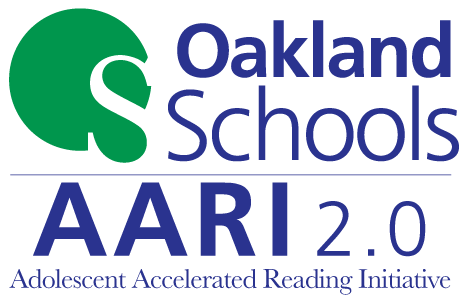
Today I was at the library with a stack of books when I saw a little one from our elementary school. She recognized me, and her face lit up as she said hello. Then her eyes grew big.
“That’s a lot of chapter books,” she said, as she noticed my pile of books.
“Yes, it is,” I said, smiling. “I love reading.”
“I do too!” she exclaimed as her mother proceeded to check out at least 30 picture books for her and her brother.
Reading
My summer = lots of reading. I am always on the lookout for great reads. I have a list on my phone that I am always adding to when I get recommendations from friends. I also look at blogs, Twitter feeds, and summer reading lists that are published from a variety of sources. I try to balance this with professional reading: technology articles, trauma informed, social justice . . . just a few of the things we are working on in our district.
My personal favorite is reading books that I can recommend to students. Nothing is as powerful as putting a book in the hands of a child and saying, “I read this and I think you’ll love it. Read it and then we’ll talk.”
Researching
As I do my professional reading, it invariably leads me to research. After all, the more you know, the more you want to know.
In addition, I tutor students over the summer and am constantly seeking new information that might help me understand my students’ struggles and find ways to help them. Summer is a great time to follow link after link . . . to fall down the rabbit hole because you actually have the time to do so.
Reflecting
One of the luxuries of summer is having time to reflect on my professional practice. While we do this throughout the year, summer is a great time to look back and really take time to reflect and revise for next year.
I love to get together with other teachers and make informed decisions about changes going forward. Even more, I will often find myself taking notes on my phone when I’m riding in the car (not driving!) on summer trips. It’s as though my brain finally can relax and my creative thoughts can really flow.
Whatever it is that renews you this summer, do it. Teaching takes so much out of you–even though we all say it’s worth it. Maybe your three R’s are relax, rest, and recharge. (Mine will be for a few weeks at least!) Enjoy your time–you deserve it!
 Beth Rogers (@bethann1468) has taught in the elementary setting for the past 11 years. During this time, she earned her Master’s in Educational Technology from Michigan State University. This year, she is in a new position: Instructional Technologist K-12. This gives her the unique opportunity to work with teachers and students, district wide, to incorporate technology into their teaching and learning, in ways that engage, enhance, and extend the learning. She has already already begun to work with multiple classrooms to engage students in blogging, and to help teachers understand the power of this platform. At home, she lives with her husband, sons, and an anxiety-ridden German Shepherd who requires inordinate amounts of time and attention.
Beth Rogers (@bethann1468) has taught in the elementary setting for the past 11 years. During this time, she earned her Master’s in Educational Technology from Michigan State University. This year, she is in a new position: Instructional Technologist K-12. This gives her the unique opportunity to work with teachers and students, district wide, to incorporate technology into their teaching and learning, in ways that engage, enhance, and extend the learning. She has already already begun to work with multiple classrooms to engage students in blogging, and to help teachers understand the power of this platform. At home, she lives with her husband, sons, and an anxiety-ridden German Shepherd who requires inordinate amounts of time and attention.

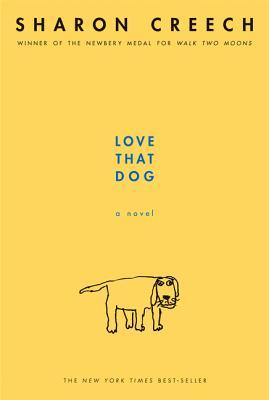 As a 5th grade teacher, I would always have students moan, eyeroll, and state either dramatically or smugly, “I’ve read that book,” when I would pull out
As a 5th grade teacher, I would always have students moan, eyeroll, and state either dramatically or smugly, “I’ve read that book,” when I would pull out  The Alchemist
The Alchemist Amy Gurney (
Amy Gurney (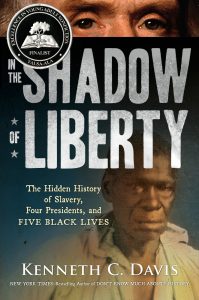 I used to think that nonfiction was not my thing. But I’m a librarian, so I have to make it my thing in order to best serve my students and staff. Still, I often felt like I was twisting my own arm while reading nonfiction.
I used to think that nonfiction was not my thing. But I’m a librarian, so I have to make it my thing in order to best serve my students and staff. Still, I often felt like I was twisting my own arm while reading nonfiction. Bethany Bratney
Bethany Bratney


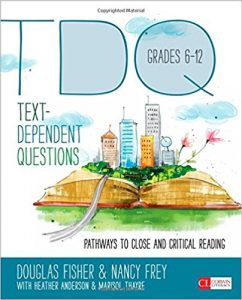 I teach close reading strategies for fiction and informational reading. According to Fisher and Frey,
I teach close reading strategies for fiction and informational reading. According to Fisher and Frey, 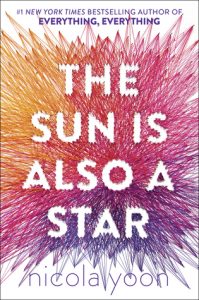
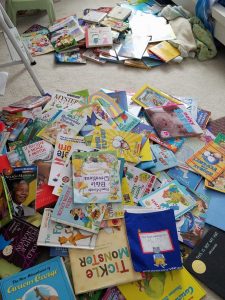 During a power outage this afternoon, I decided it was time to tackle a major problem in my house: the books-plosion.
During a power outage this afternoon, I decided it was time to tackle a major problem in my house: the books-plosion. 
 Hattie Maguire (
Hattie Maguire (